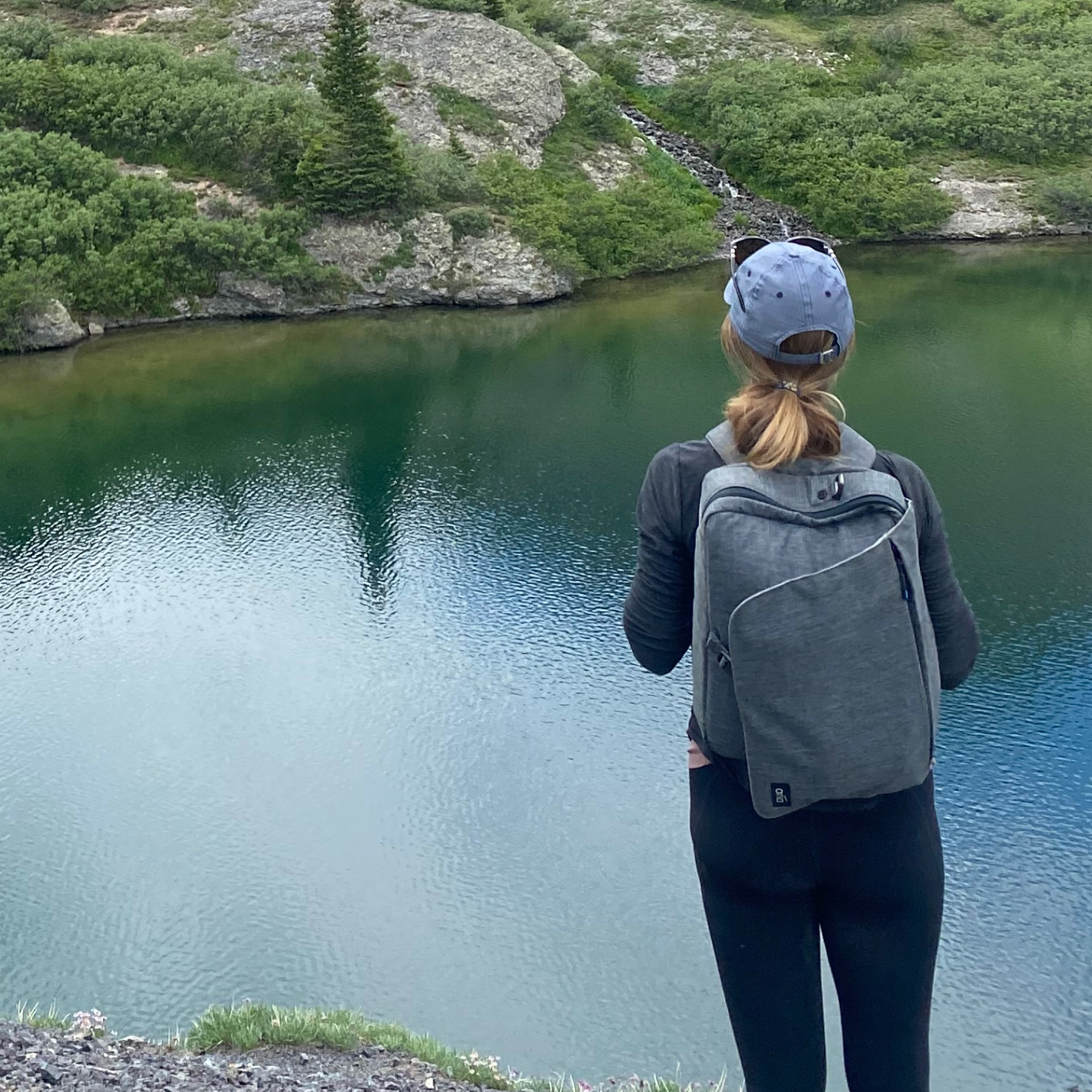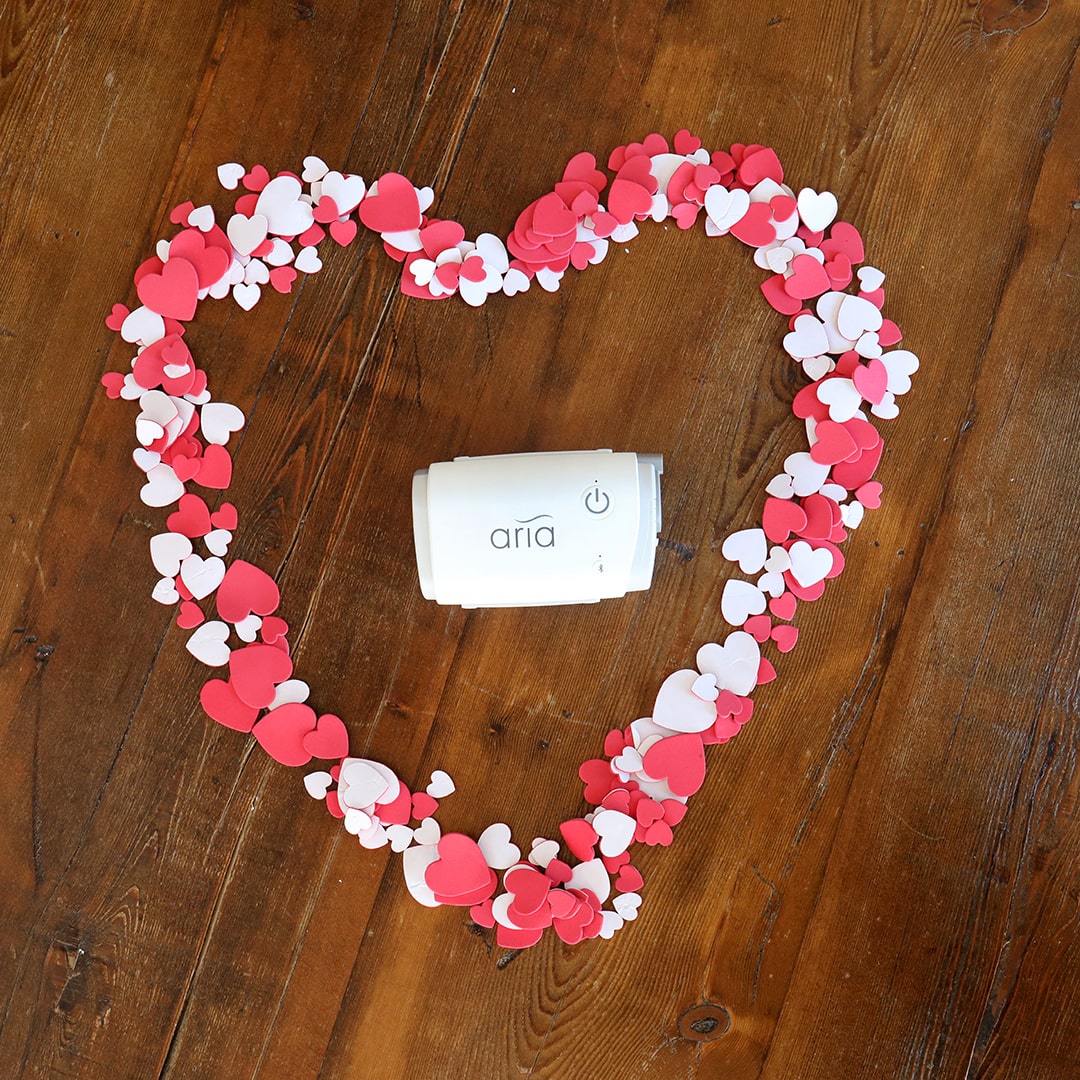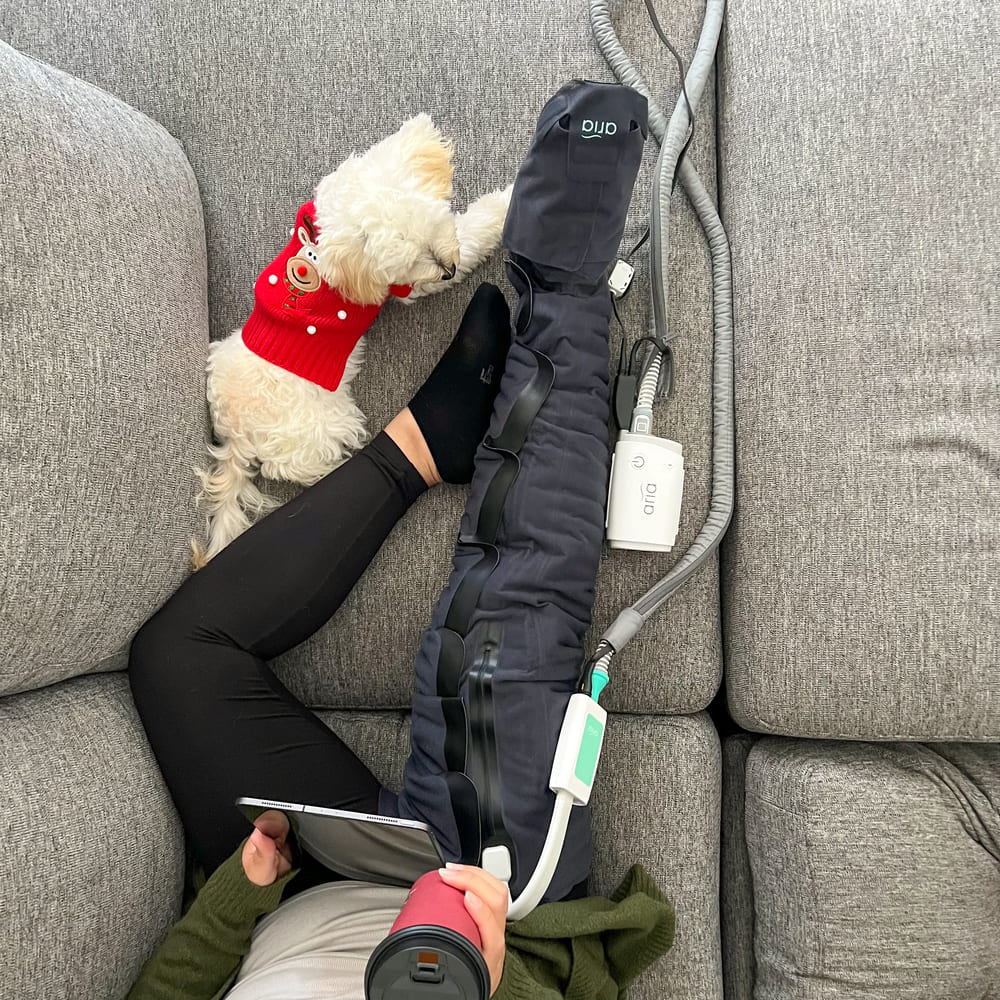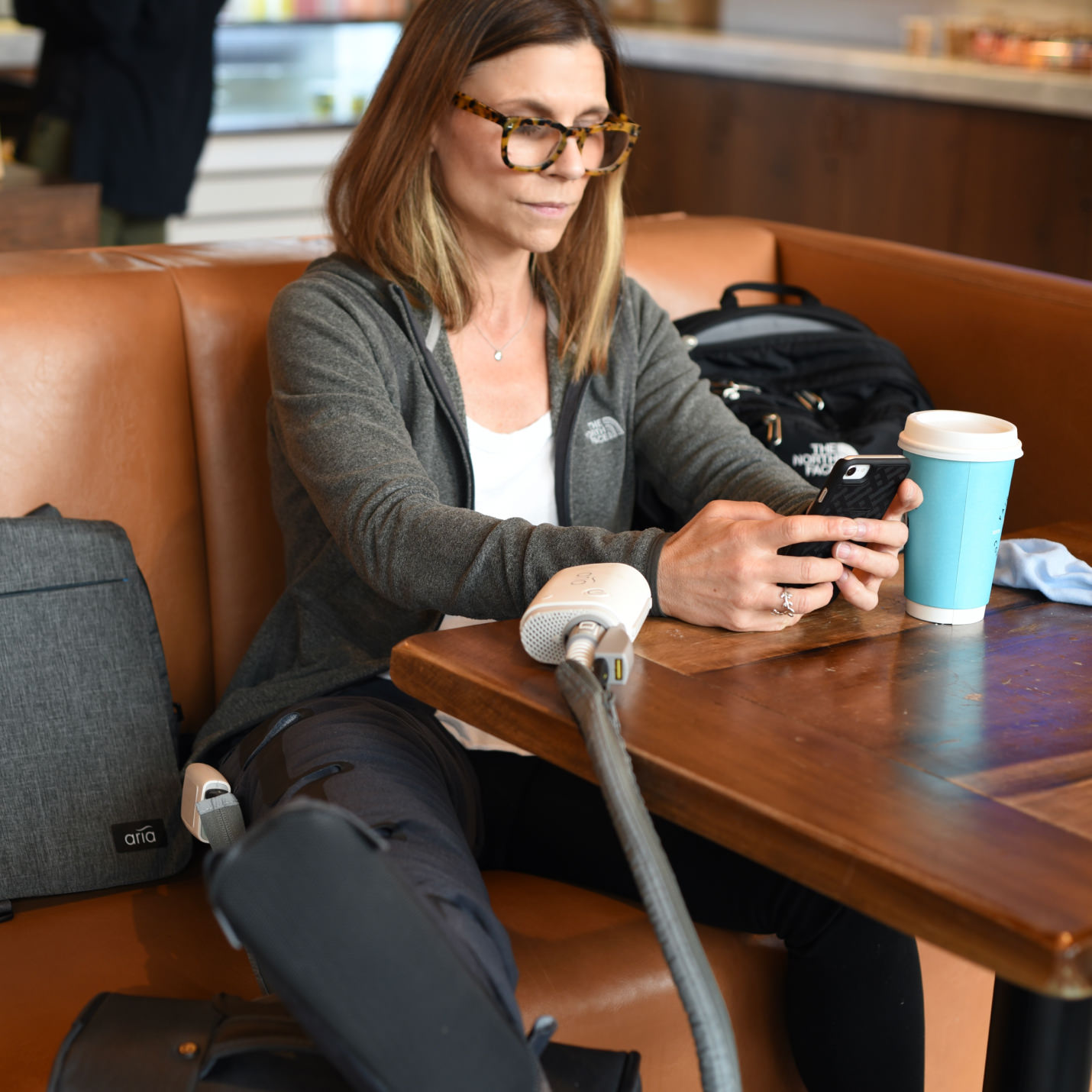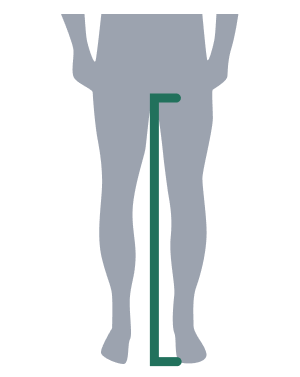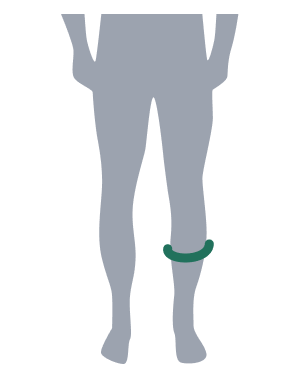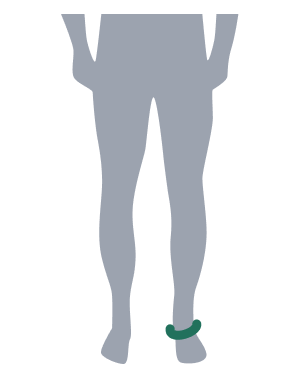There’s no denying the many physical and mental health benefits of a regular exercise regimen. And some of the most common questions following a lymphedema diagnosis are around that very issue: is exercise recommended—and safe—for people living with lymphedema? It can be, but there are a few things to bear in mind which we cover below. It’s important to keep up with regular daily activities and continue to use the affected limb. And beyond that, regular exercise can be extremely beneficial for its ability to increase the flow of lymph fluid and reduce swelling. Win-win. So let’s look at the recommendations. Read on!
First things first: Take it slow.
The best way to approach any exercise plan is to start slowly and gradually increase the intensity. Gentle stretching and walking are great options, but other types of activities may be helpful as well. Before beginning any kind of exercise regimen, you’ll want to contact your healthcare provider who can advise you on the best way to proceed.
For those new to exercise, never fear!
We know that despite all kinds of benefits, exercise is just one of those things: you either look forward to those down dogs or you don’t. If you’ve been on Team Take it Easy for a while, your healthcare provider can definitely help you with recommendations on how to get started with a sensible plan. Even seasoned pros will gradually increase their workout intensity, so if you’ve never exercised, or if it’s been a while, you can certainly start gently and slowly ramp up. You can also try different kinds of exercise to see what works best for you. Many people enjoy walking and swimming, while others find the stretching, strengthening, and breathing aspects of gentle yoga classes to be beneficial.
The best forms of exercise for lymphedema in the legs.
Your lymphedema specialist can recommend specific exercises for you based on your level of fitness and how your body responds to exercise. Many people find that hip flexion and hip abduction exercises, knee extensions, ankle pumps, ankle circles, and toe scrunches help decrease the accumulation of lymph fluid in the legs.
When to take it easy.
Excessive swelling may make some exercises too challenging, so you might need to wait until the swelling has gone down before you start your exercises. And you’ll want to be careful to avoid pulling any muscles as this can further exacerbate swelling. Additionally, take care with any activity where the skin can be broken as this can elevate the risk of infection. Your provider can help you with finding activities that are right for you.
Are breathing exercises considered exercise?
It’s not an Olympic sport just yet, but yes! Breathing exercises are great for those with lymphedema. Unlike blood, lymph fluid does not circulate on its own. But because diaphragmatic breathing facilitates the flow of lymph fluid, this form of exercise helps boost lymph circulation and can improve the overall vitality of the lymphatic system. Talk to your provider to learn more about some breathing exercises that can be helpful for people living with lymphedema. Maybe we’ll see you at the Paris games in 2024?
Compression garments—yes or no?
Be sure to talk to your healthcare provider about wearing compression garments during exercise. They can make exercise more effective in moving the lymphatic fluid. The pressure from the garment will also help prevent the lymph from collecting in areas that are already swollen. What about swimming, you ask? Compression garments aren’t always necessary if you’re swimming with the affected limb submerged in water, as the pressure of the water can provide compression on the limb.
Listen to your body.
Because everyone responds differently to exercise, you’ll want to take note of any swelling and watch to see if it increases after you exercise. Not all exercises will work for every person – the important thing is to keep trying until you find an exercise that does. If you ever feel uncomfortable during exercise, or notice any breathing difficulties, you should stop exercising immediately and contact your healthcare provider. In case of emergency, call 911.
Making time for yourself.
Self-care is important. Taking time to look after your body (and mind!) is critical. Some people like to exercise early, some prefer evenings, but prioritizing and taking care of yourself is key. Plus, it’s so much easier once you’ve discovered the right exercise fit for you. It’s all about ease. That’s what we set out to create with Aria Free: an easy way to relieve the burdens of therapy with a system that’s simple to set up and easy to use. You can push a button to pause, or unplug to grab some water. And the pump is so small (it’s about the size of one of those hand weights—but weighs less than a pound!) that you can easily take your exercise gear and your pump wherever you go!
Freedom, flexibility, and finding your flow. That’s feeling good.
The information provided in this article is for informational purposes only. It is not a substitute for professional medical advice, diagnosis, or treatment. Always seek the advice of your doctor or another health care provider if you have any questions about a medical condition or treatment, and do not disregard your doctor’s advice because of any information provided on this site. If you think you may have a medical emergency, immediately contact your doctor or call 911.

